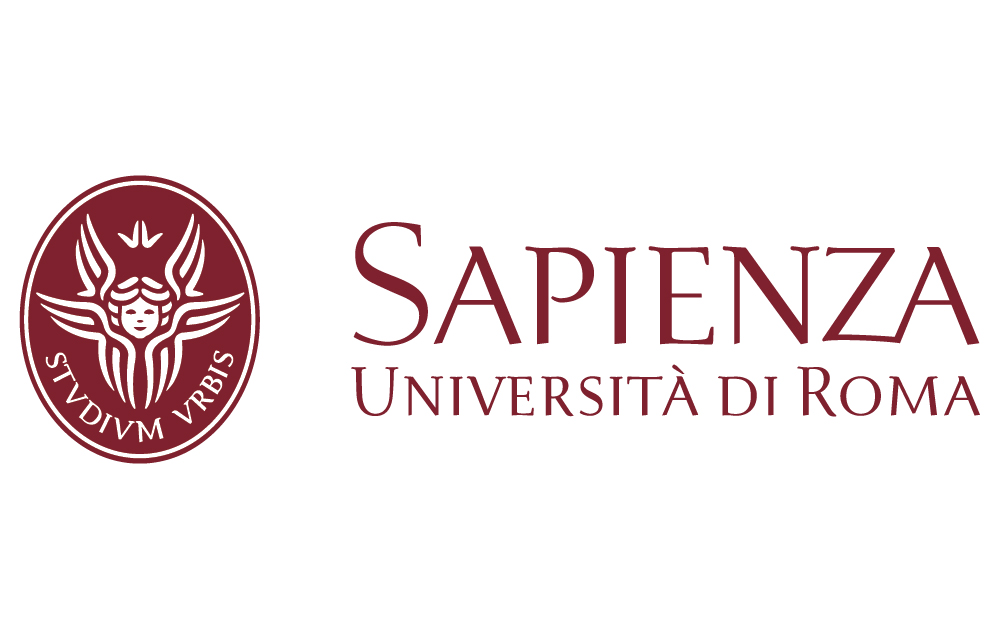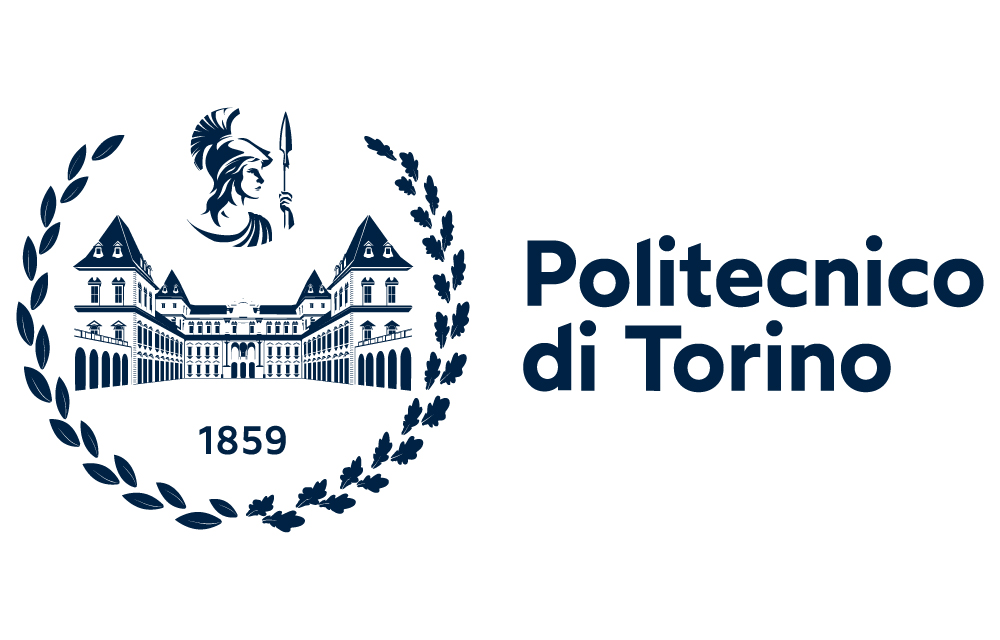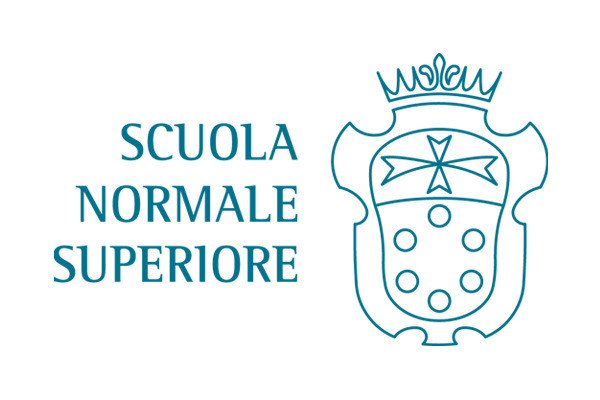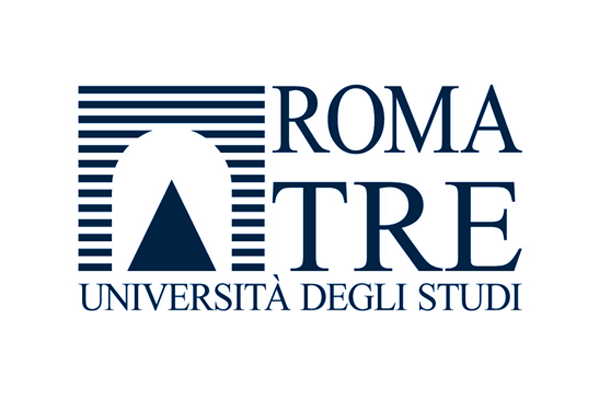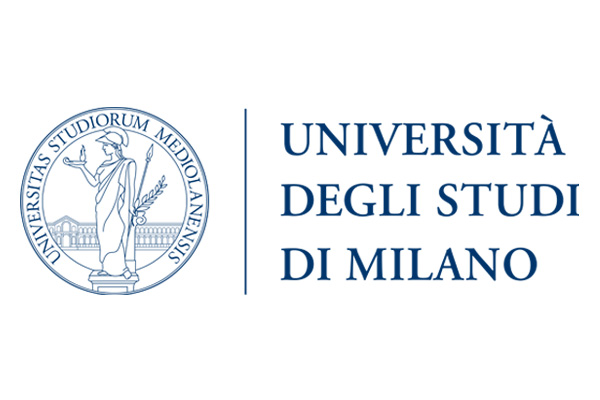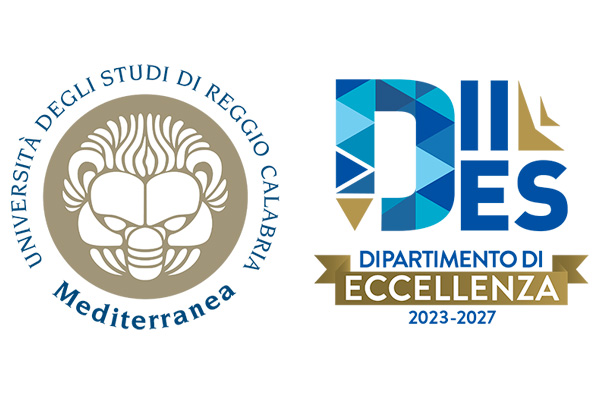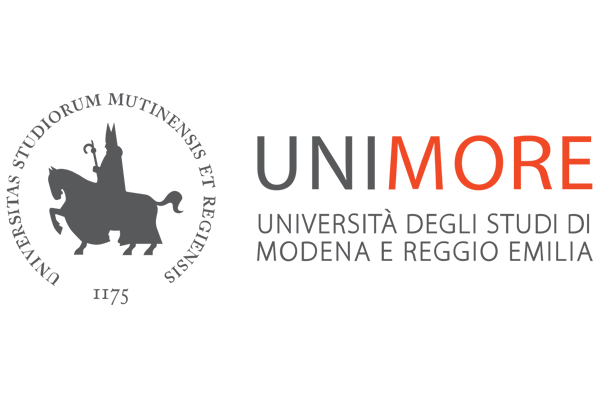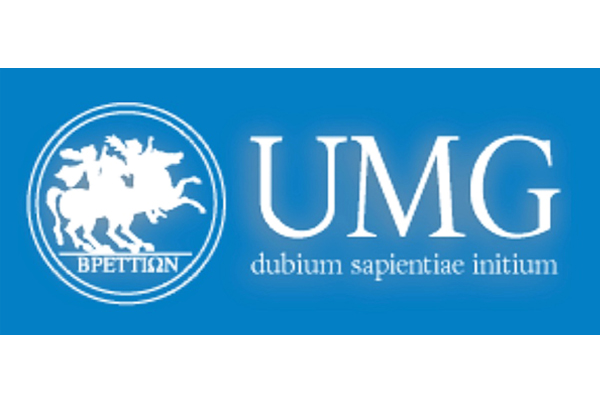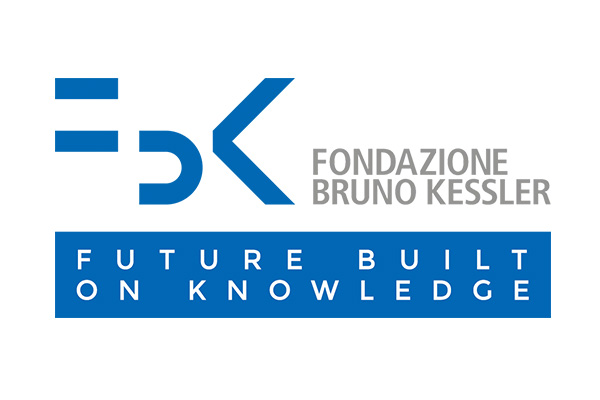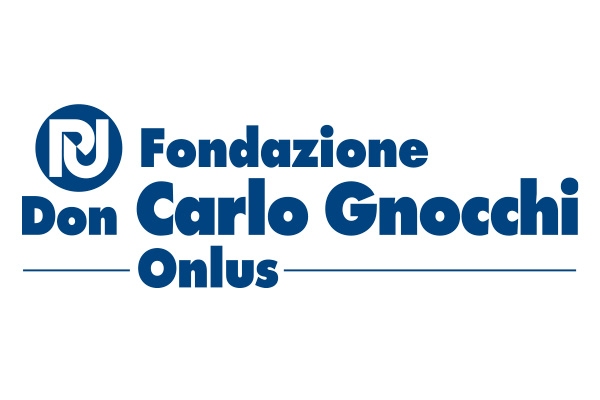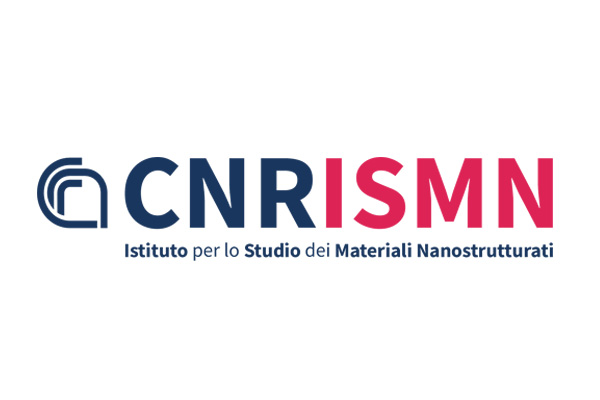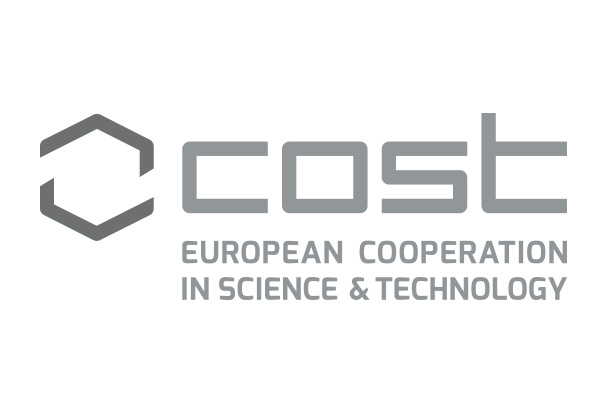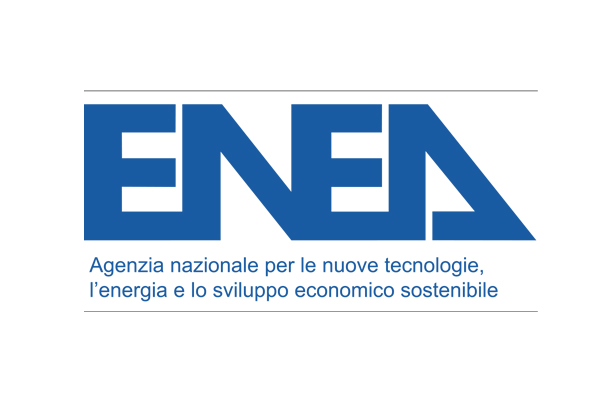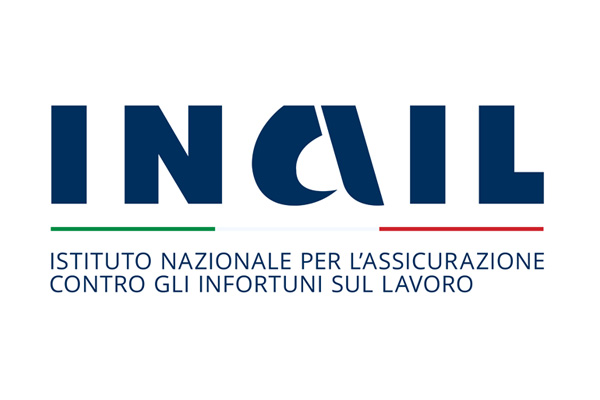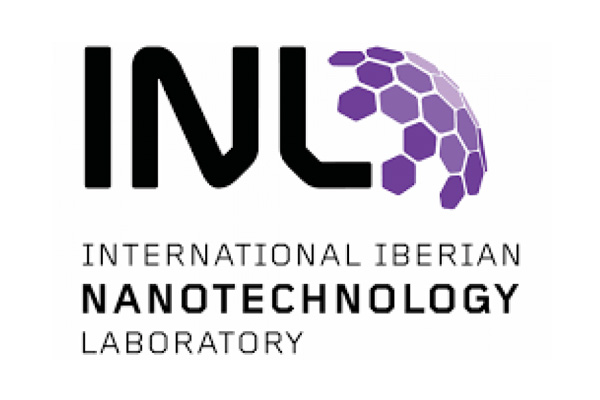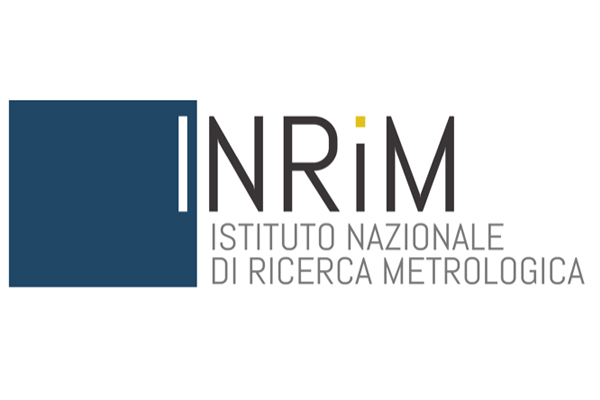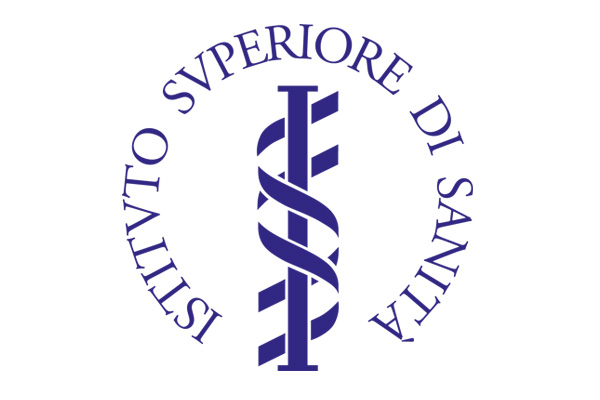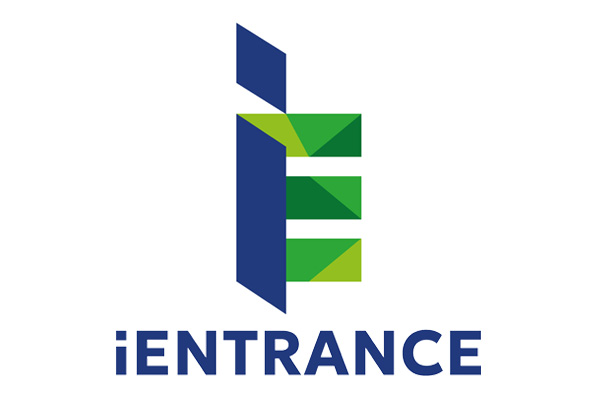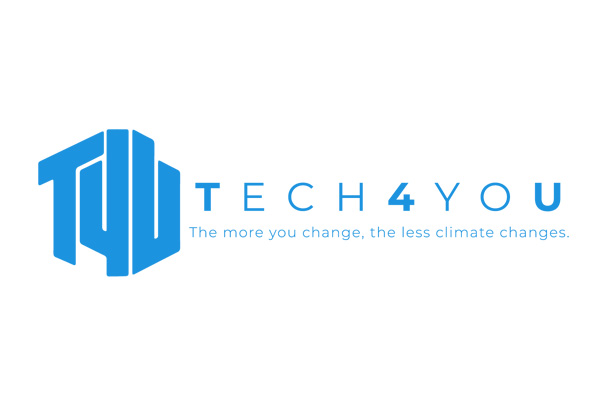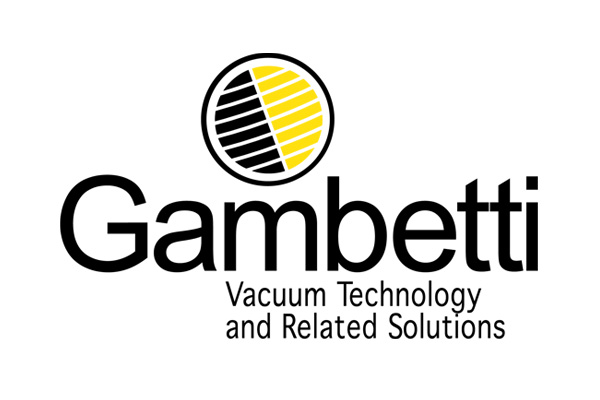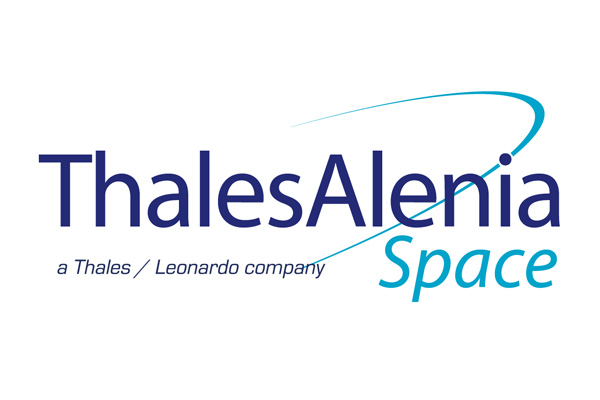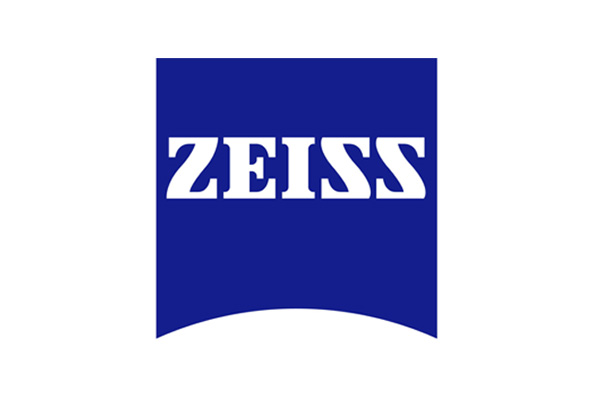updated on 18 August 2025
|
WS.I DIGITAL TWINS for INNOVATION: BRIDGING RESEARCH and INDUSTRY 17-18 September |
|||
| go to detail | |||
| Co-organized with: | |||
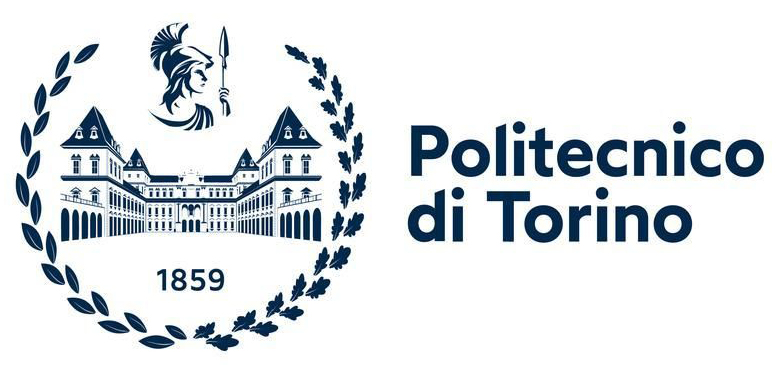 |
|||
|
WORKSHOP COMMITTEE: Marzia QUAGLIO, Francesca RISPLENDI & Marco FONTANA, Polytechnic University of Turin |
|||
| This two-day workshop will explore the revolutionary role of digital and physical replicas across multiple-technological domains, bridging academic research and industrial applications. Digital twins - virtual representations of specific physical systems - and physical replicas enable unprecedented opportunities for optimization, predictive analysis, and real-time monitoring. By enabling advanced simulations and in-depth analysis of complex systems, they empower organizations to optimize processes, reduce operational costs, and make data-driven decisions. A digital twin is a dynamic, continuously evolving virtual representation of a physical object, process, or system. Its development relies on two primary approaches: the model-based approach, which creates mathematical and physical models that are continuously updated with real-world data to simulate complex scenarios with high precision and the data-driven approach, which leverages real-time data acquisition through sensors and IoT devices to predict system behavior using artificial intelligence and machine learning. Regardless of the specific approach, the accuracy and reliability of digital twins depend on high-quality input data. Advanced characterization techniques, such as operando and in situ methods, play a crucial role in building precise models. These techniques allow for real-time monitoring of material properties and system behavior under relevant conditions, providing critical insights to refine models and enhance predictive capabilities. Moreover, in many cases, having a physical replica is crucial for validating theoretical models, testing real- world performance under controlled conditions, and ensuring that digital simulations accurately reflect the behavior of complex systems. This combination of virtual and physical replication is particularly relevant in fields such as biomedical applications, where biological twins represent a specific realization of this approach for modeling physiological systems to support medical diagnostics and treatment planning. Similarly, in the context of the energy transition, digital twins optimize renewable energy integration into distribution networks, improve the efficiency of energy systems, and support decarbonization and sustainability strategies. The successful implementation of digital twins with both approaches is inherently dependent on the quality and optimization of the sensors used to build and refine the model. Advanced sensing technologies are critical for real-time data collection, predictive analytics, and adaptive control systems. The key challenge lies in both the precision and reliability of these sensors, which must accurately capture environmental and operational conditions to ensure meaningful virtual representations. By refining sensor performance and enhancing their synergy with digital twin models, research and industry can achieve greater accuracy, responsiveness, and efficiency in their systems. Bringing together leading experts from academia and industry, this workshop will present cutting-edge methodologies, address emerging challenges, and discuss the future of digital twin technology. Through insightful presentations, case studies, and interactive discussions, participants will gain a comprehensive understanding of the transformative potential of digital twins and their far-reaching impact across multiple sectors. |
|||
|
WS.II INNOVATIVE MATERIALS and ENABLING TECHNOLOGIES for a SUSTAINABLE FUTURE 17 September |
||||||
| go to detail | ||||||
| Co-organized with: |
||||||
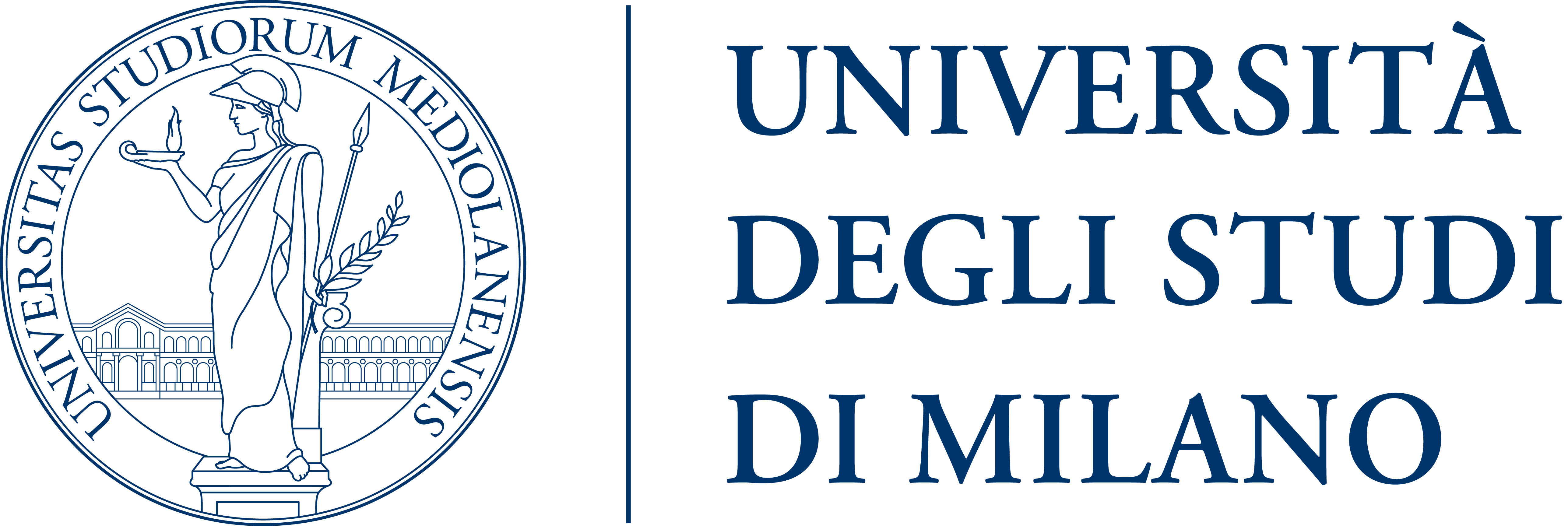 |
||||||
|
WORKSHOP COMMITTEE PROGRAMME COMMITTEE |
||||||
|
This workshop will highlight recent advances at the intersection of materials science and sustainable process technologies, with a focus on environmental remediation, energy applications, and green chemistry. |
||||||
|
WS.III ADVANCED CHARACTERIZATION TECHNIQUES and AI APPLICATIONS in BIOMEDICAL APPLICATIONS 18 September |
|||||
| go to detail | |||||
| Co-organized with: |
|||||
 |
 |
 |
|||
|
WORKSHOP COMMITTEE |
|||||
|
The rapid advancements in nanomedicine are being propelled by cutting-edge characterization techniques and the transformative power of artificial intelligence (AI). Structured into four thematic sessions, the program will explore a broad spectrum of emerging topics in the biomedical field. These include the use of state-of-the-art methods to investigate biomaterials at the nanoscale, recent developments in self-assembling systems and biomaterials, and innovative nanotechnological strategies tocombat recurrent and resistant biofilm-associated infections using antimicrobialnanoparticles. Additionally, the workshop will explore the transformative impact of AI in biomedical applications, with special focus on medical imaging. Bringing together researchers in materials science, nanotechnology, and AI, this workshop will serve as a catalyst for interdisciplinary dialogue, fostering collaboration and sparking innovation at the forefront of biomedical advancements. The symposium is funded by the project CALabria HUB per Ricerca Innovativa ed Avanzata (CAL.HUB.RIA) funded by Piano Operativo Salute-Traiettoria 4 “Biotecnologie, Bioinformatica e Sviluppo Farmaceutico”. |
|||||
|
WS.IV SMART MATERIALS and DEVICES for PRECISION AGRICULTURE APPLICATIONS 18 September |
|
| go to detail | |
| Co-organized with: |
|
 |
 |
|
WORKSHOP COMMITTEE |
|
|
The workshop aims to disseminate the activities performed by the SAMOTHRACE ecosystem in the Precision agriculture field. The agri-food chain nowadays needs novel approaches to support crop production and reduce its economic and environmental impacts. Sensors and smart materials, sustained by innovative management of the resources, will allow us to apply the three key points for precise and sustainable agriculture, i.e., to act exactly where, when, and how the crop requests it. The main topics that will be covered are: 1. Sustainable management of natural water resources in agriculture; All activities and topics are supported by advanced data management and decision support systems. |
|
|
WS.V NANOMATERIALS and NANODEVICES for THERANOSTICS, NEUROTECHNOLOGY and REGENERATIVE MEDICINE 18 September |
||
| go to detail | ||
| Co-organized with: |
||
 |
 |
 |
|
WORKSHOP COMMITTEE |
||
|
Nanotechnology is playing a pivotal role in advancing biomedical engineering, offering tools for precision therapy, real-time diagnostics, and bioelectronic integration. Engineered nanomaterials—including nanoparticles, 2D systems, carbon-based structures, and composite biomaterials—are enabling new generations of drug and gene delivery systems, implantable devices, and multifunctional theranostic platforms. These materials are increasingly being tailored for specific biomedical tasks, from targeting cancer cells and monitoring biomarkers to supporting tissue regeneration and interfacing with neural circuits. Their unique physicochemical and functional properties, combined with progress in fabrication and functionalization methods, are expanding their use across diverse therapeutic and diagnostic fields. The main topics covered in the symposium will be: |
||
| |
||
|
WS.VI SENSORS for AGRICULTURE 17 September |
|||||
| go to detail | |||||
| Co-organized with: |
|||||
 |
|||||
|
WORKSHOP COMMITTEE |
|||||
|
|
|||||
|
WS.VII TECHNOLOGIES for ENERGY TRANSITION 17-18-19 September |
|||||
| go to detail | |||||
| Co-organized with: | |||||
 |
|||||
|
WORKSHOP COMMITTEE |
|||||
|
The health of our planet is getting worse, both locally and globally, and one of the main reasons is the impact of human activities. A key issue is the increasing amount of greenhouse gases released into the atmosphere, especially carbon dioxide, which is causing the planet to warm up. |
|||||
|
WS.VIII HIGH-PERFORMANCE MULTIFUNCTIONAL MATERIALS in AEROSPACE, AUTOMOTIVE and ENERGY 18 September |
|||||
| go to detail | |||||
| Co-organized with: | |||||
 |
 |
 |
|||
|
WORKSHOP COMMITTEE |
|||||
|
The session aims to discuss the opportunities and new technology trends of advanced materials for application in sectors requiring high-end performances or having strict quality requirements. |
|||||
|
WS.IX HEALTH INNOVATION in ACTION: NANOMEDICINE, DIAGNOSTICS and SMARTER POLICIES 18 September |
|||||
| go to detail | |||||
| Co-organized with: | |||||
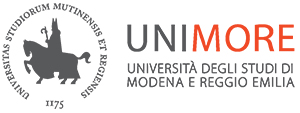 |
 |
||||
|
WORKSHOP COMMITTEE |
|||||
|
A journey through the latest advances in nanomedicine, targeted drug delivery, and innovative diagnostics, alongside a discussion on how evidence-based policies can support their integration into healthcare. The event connects cutting-edge research with practical applications, highlighting the role of technology, collaboration, and policy in shaping a smarter, more effective, and patient-centered health system for the future. |
|||||
|
WS.X NEXT-GENERATION BATTERIES: MATERIALS, INTERFACES, AND ADVANCED CHARACTERIZATION FOR SUSTAINABLE ENERGY 18 September |
|||||
| go to detail | |||||
| Co-organized with: | |||||
 |
 |
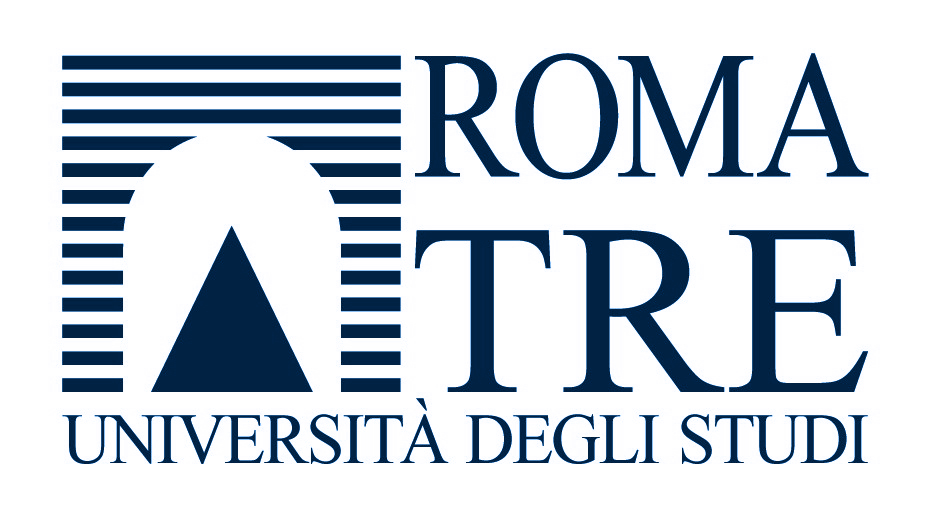 |
|||
|
WORKSHOP COMMITTEE |
|||||
|
Batteries stand at the heart of the global transition towards a low-carbon society. To meet the ambitious goals of sustainable energy, Europe must accelerate innovation in materials discovery, interface engineering, advanced diagnostics, and scalable manufacturing. This Workshop brings together leading experts, young scientists, and European initiatives to discuss the most promising research directions, highlight cutting-edge methodologies, and foster collaboration between academia, research institutions, and industry. The program will open with two dedicated sessions to young researchers, presenting the outcomes of the Battery 2030+ Young Scientist Event and its Manifesto for the Batteries of the Future. These sessions will provide fresh perspectives and research visions from emerging talents across Europe, reinforcing the importance of education, collaboration, and long-term strategies supported by the Italian Ministry of the Environment and Energy Security (MASE). A special insight lecture will then showcase the potential of operando synchrotron techniques, enabling unprecedented understanding of reaction mechanisms and structural dynamics in next-generation systems beyond lithium. The Workshop will continue with two highly focused sessions linked to two European projects: By merging perspectives from young talents, European projects, and industrial partners, this Workshop will provide an overview of the future of batteries—bridging fundamental science, advanced characterisation, and sustainable applications to support Europe’s leadership in energy storage technologies. |
|||||

